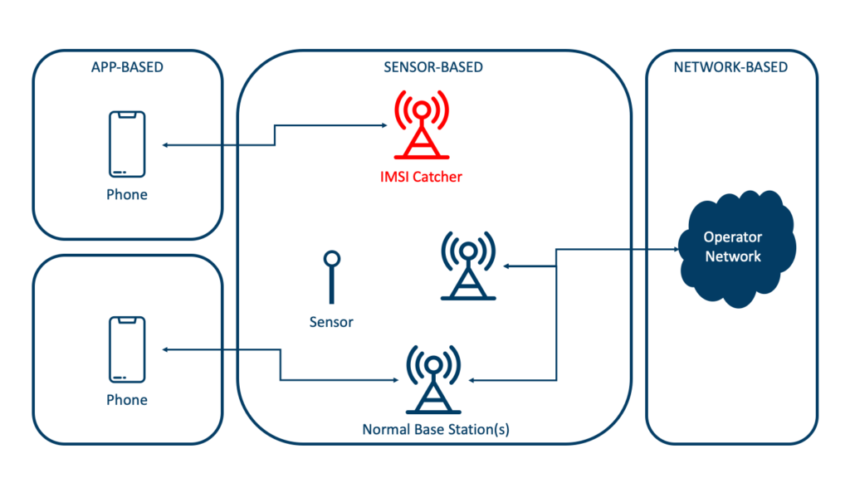The false base station market offers effective security solutions for wireless networks by detecting and disrupting illegitimate cellular network access points. False Base Station (FBS) solutions monitor and analyze surrounding radio signals to identify rogue networks and alert authorities of potential security threats. They provide protection against cyber threats such as location tracking, data interception and denial of service attacks that can leak sensitive user information or disrupt network operations. With rising security concerns around 5G infrastructure and IoT adoption, many mobile network operators and enterprises are deploying FBS solutions to fortify their wireless environments from malicious actors.
FBS solutions allow real-time detection of unauthorized base stations through radio scanning of cellular frequencies. They analyze signals for authentication failures and pattern variations that do not match legitimate networks. On detecting a rogue network, alerts are sent to network administrators who can pinpoint the location and shut down illegal base stations. This helps secure data privacy, prevent disruptions and maintain network quality of experience for users.
The global False Base Station Market is estimated to be valued at US$ 80.33 Mn in 2023 and is expected to exhibit a CAGR of 10% over the forecast period 2023 to 2030, as highlighted in a new report published by Coherent Market Insights.
Market key trends:
One of the major trends in the false base station market is the increased adoption across emerging technologies. With the rollout of 5G networks and expansion of IoT connectivity, the threat surface for cyberattacks is widening. Traditional network security methods are unable to detect sophisticated rogue base stations. FBS solutions provide dedicated monitoring of wireless environments to identify 4G/5G network impersonation and prevent advanced persistent threats. Their machine learning-backed analytics can also detect zero-day vulnerabilities and blended attacks. This drives many telecom operators and governments to invest in false base station solutions for proactive cyber defense with new-age networks.
Porter’s Analysis
Threat of new entrants: The false base station market has moderate threat of new entrants as market players require expertise in wireless communications and require investments in infrastructure.
Bargaining power of buyers: Buyers in the false base station market have moderate bargaining power due to availability of multiple system integrators and vendors.
Bargaining power of suppliers: The suppliers have moderate bargaining power due to availability of alternative component suppliers in the market.
Threat of new substitutes: There is low threat from substitutes as false base stations provide unique solution for spectrum monitoring activities.
Competitive rivalry: The false base station market experiences high competitive rivalry due to presence of multiple global and regional players.
Key Takeaways
Global False Base Station Market Demand is expected to witness high growth. The increasing deployment of 4G and 5G networks is driving the demand for false base stations to monitor spectrum usage and detect network intrusion.
Regional analysis comprises- Asia Pacific region is expected to witness fastest growth in the false base station market during the forecast period. The growth in Asia Pacific region is attributed to rapid 5G deployments and increasing concerns regarding network security in countries like China and India.
Key players operating in the false base station market are RANplan Wireless Network Design Ltd, Comarch SA, Siterra Corporation (Accruent), Fulcrum, Amdocs, Atoll Solutions (Forsk), Wireless Network Infrastructure Management (WNIM) by Excelacom, C-Net, Bentley Systems, WebNMS (Zoho Corporation), Tower Cloud, RUCKUS Analytics (Commscope), GenieACS, Netadmin Systems AB, and NMSaaS (Network Management Services as a Service).
*Note:
1. Source: Coherent Market Insights, Public sources, Desk research
2. We have leveraged AI tools to mine information and compile it

